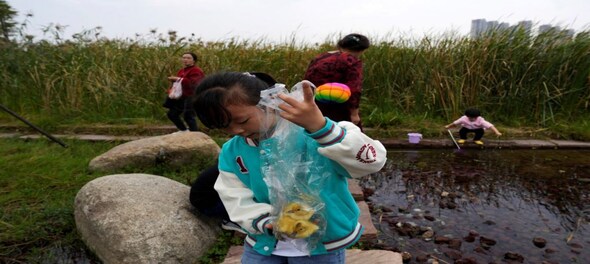
Yu Kongjian, a Chinese landscape architect, has proposed the idea of creating “sponge cities” that can withstand variable temperatures, drought and heavy rainfall and cushion the impact of climate change for China and other Asian countries. Speaking to The Associated Press in Beijing, the architect shared his vision for cities that can withstand variable temperatures, drought and heavy rainfall.
Yu criticized much of Asia’s modern infrastructure for copying ideas from Europe. According to him, the ideas are ill-fitted to the monsoon climate which presides over much of the Asian continent. He said that the recent floods that wreaked havoc in many Asian cities were caused by this architectural mismatch.
According to Yu, the concrete and steel infrastructure of major cities and the use of pipes and channels to funnel away water are useless. “There’s no resilience at all, those are useless, they will fail and continue to fail,” Yu said in the report.
ALSO READ:
Instead of using western ideas, Yu proposes using natural resources, or “green infrastructure” to create water-resilient cities called ‘sponge cities’.
What are sponge cities?
The term ‘sponge cities’ describes urban areas with abundant trees, lakes and parks or other good design that utilises natural resources to gather and absorb rainwater and prevent flooding.
Sponge cities are being worked upon by landscape design and civil engineers amid accelerating climate change.
The idea is to harness “nature-based solutions” to tackle climate shocks like droughts, floods and extreme temperatures.
Green infrastructure technologies incorporate elements that allow greater permeability in the soil for rainwater absorption. These include parks, drainage pavements, rain gardens, infiltration and retention wells, urban gardens and plantations, green walls and roofs.
How does the approach help?
Nature-based sponge city infrastructure is aimed at drainage and reuses with many environmental and socio-economic benefits.
By reducing the number of hard surfaces and increasing the amount of absorbent land, such as green spaces, cities can make a significant difference in reducing the severity and frequency of flooding events. The elements can further be supplemented with efficient channelling and storage systems that can help counter water shortages, which are becoming significant in large cities.
Sponge infrastructure also offers ways for water to seep down and recharge groundwater in times of drought.
(Edited by : Sudarsanan Mani)
Check out our in-depth Market Coverage, Business News & get real-time Stock Market Updates on CNBC-TV18. Also, Watch our channels CNBC-TV18, CNBC Awaaz and CNBC Bajar Live on-the-go!


Lok Sabha Election Phase 2: Experts decode the key trends and issues in key battleground states
Apr 26, 2024 11:53 PM
2024 Lok Sabha Election | Which way the wind blows in the second phase
Apr 26, 2024 6:09 PM

